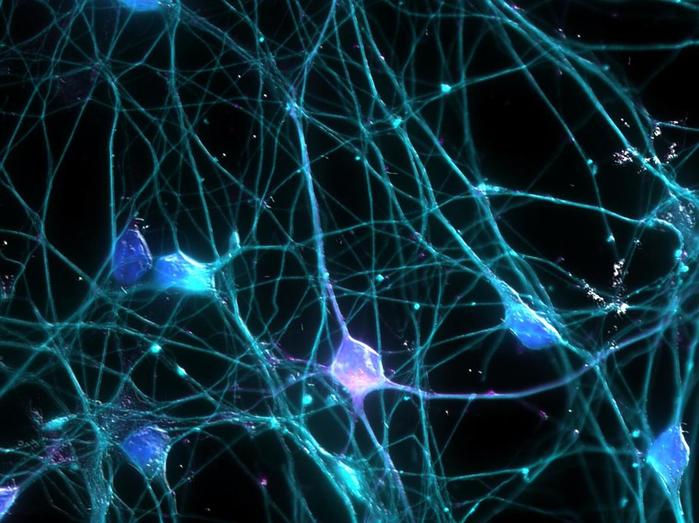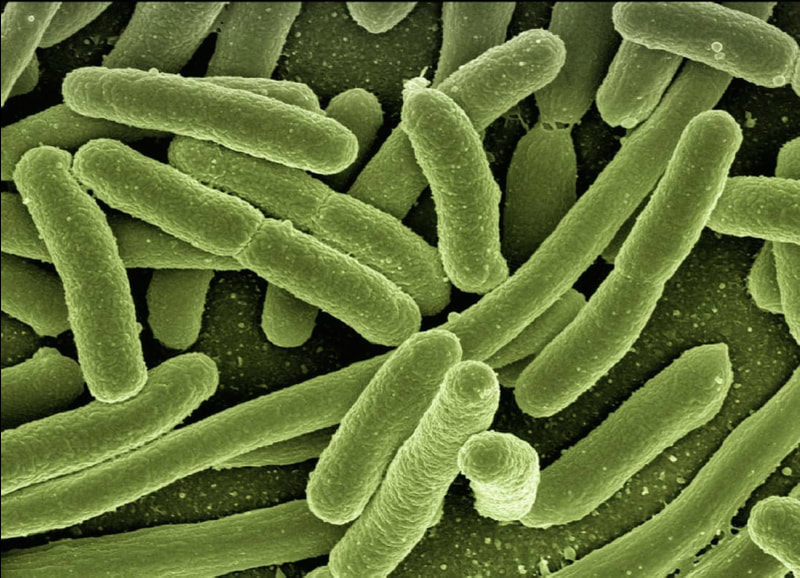Can RNA a Day Keep the Pain Away?
Headaches, stubbed toes, backaches, broken bones: pain comes in many forms and often lingers uncomfortably long for its victims. Although humans evolved the sensation of pain in order to alert the body to flee from harmful situations, it often stays for days, weeks, months, or years after its sufferers have already withdrawn from the detrimental stimuli that originally caused it. Because humans perceive the sensation of pain through the nervous system, which carries messages between the brain and the rest of the body, abnormal nervous system activity can lead to pain remaining in the body as a constant lingering memory and feeling. This condition is known as chronic pain, an affliction estimated to affect about 100 million Americans.
Because chronic pain is such a widespread problem, current researchers in science and medicine have been working diligently to develop more effective treatments for pain. In a recent study published in Nature Communications, Dr. Zachary Campbell and his colleagues from the University of Texas at Dallas have proposed an RNA-based medicine that can block pain at its onset.
What is RNA, and how can it help fight chronic pain? RNA, short for ribonucleic acid, is the single stranded molecule responsible for copying messages from DNA (deoxyribonucleic acid), the double stranded genetic blueprint for creating the protein molecules that allow the human body to function, develop, and reproduce. However, in addition to acting as a messenger between DNA and proteins, RNA can also inhibit other RNA molecules, DNA, and proteins. For example, in a process known as protein synthesis inhibition, an RNA molecule can bind to a specific molecule and halt the production of protein.
Considering the ability of RNA to inhibit protein synthesis, Dr. Campbell and his colleagues developed a synthetic RNA molecule called Poly(A) SPOT ON that can bind to and inhibit Poly(A)-binding protein (PABP), a molecule produced heavily in the body’s response to pain signals. Triggers of pain, including nerve injury, inflammation, and small secreted molecules involved in the persistence of pain called inflammatory cytokines, all excite nociceptors, pain receptors that warn the brain about possible threats. PABP plays a large role in this excitation of nociceptors and, therefore, plays a large role in producing the sensation of pain.
Because chronic pain is such a widespread problem, current researchers in science and medicine have been working diligently to develop more effective treatments for pain. In a recent study published in Nature Communications, Dr. Zachary Campbell and his colleagues from the University of Texas at Dallas have proposed an RNA-based medicine that can block pain at its onset.
What is RNA, and how can it help fight chronic pain? RNA, short for ribonucleic acid, is the single stranded molecule responsible for copying messages from DNA (deoxyribonucleic acid), the double stranded genetic blueprint for creating the protein molecules that allow the human body to function, develop, and reproduce. However, in addition to acting as a messenger between DNA and proteins, RNA can also inhibit other RNA molecules, DNA, and proteins. For example, in a process known as protein synthesis inhibition, an RNA molecule can bind to a specific molecule and halt the production of protein.
Considering the ability of RNA to inhibit protein synthesis, Dr. Campbell and his colleagues developed a synthetic RNA molecule called Poly(A) SPOT ON that can bind to and inhibit Poly(A)-binding protein (PABP), a molecule produced heavily in the body’s response to pain signals. Triggers of pain, including nerve injury, inflammation, and small secreted molecules involved in the persistence of pain called inflammatory cytokines, all excite nociceptors, pain receptors that warn the brain about possible threats. PABP plays a large role in this excitation of nociceptors and, therefore, plays a large role in producing the sensation of pain.
To explore how inhibiting PABP could inhibit pain, researchers used Poly(A) SPOT ON to block the PABP produced in the nervous system of mice. PABP typically binds to the Poly(A) tail of RNA, which protects RNA from degradation. Taking this into account, Poly(A) SPOT ON was made to mimic the structure of the Poly(A) tail so that it could bind well to PABP. From their experiment, the researchers discovered that injection of Poly(A) SPOT ON to mice resulted in the following:
From these results, Dr. Campbell and his colleagues concluded that inhibition of PABP by Poly(A) SPOT ON can potentially significantly diminish the sensation of pain. Although there may be several ways Poly(A) SPOT ON can be improved, this study has led to considerable progress in understanding pain and its molecular mechanisms. Through further research on these molecular mechanisms, RNA-based medicine like Poly(A) SPOT ON can become more widespread and inhibit not only chronic pain but also other ailments.
- Greatly reduced protein synthesis in sensory neurons.
- Prevention of inflammatory cytokines from producing the mechanical hypersensitivity that promotes the persistence of pain.
- Reduction in facial grimacing and guarding of paws in the mice following surgical incision of their paws.
- A decrease in post-incision paw temperature indicating inhibition of inflammation.
From these results, Dr. Campbell and his colleagues concluded that inhibition of PABP by Poly(A) SPOT ON can potentially significantly diminish the sensation of pain. Although there may be several ways Poly(A) SPOT ON can be improved, this study has led to considerable progress in understanding pain and its molecular mechanisms. Through further research on these molecular mechanisms, RNA-based medicine like Poly(A) SPOT ON can become more widespread and inhibit not only chronic pain but also other ailments.
Featured Image Source: geralt
RELATED ARTICLES
|
Vertical Divider
|
Vertical Divider
|
Vertical Divider
|






